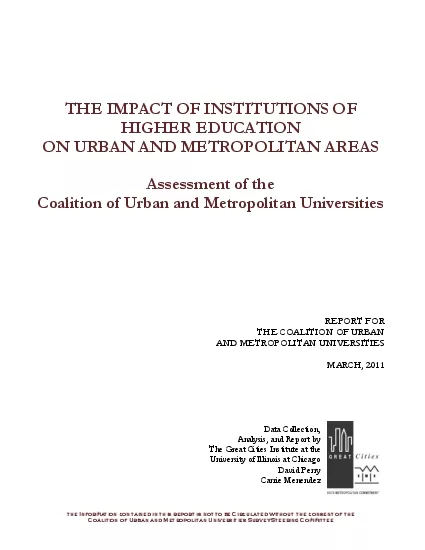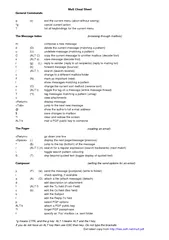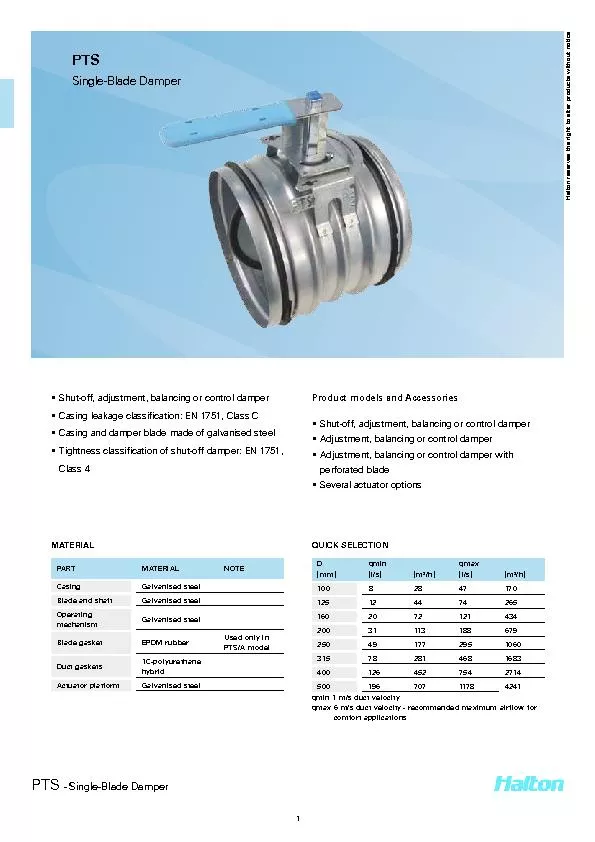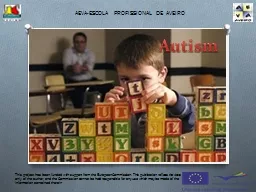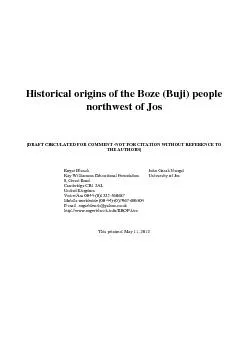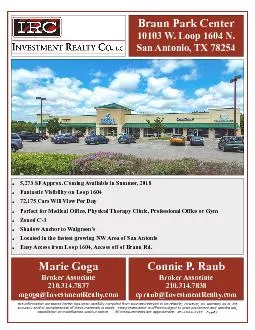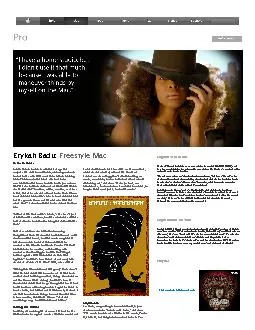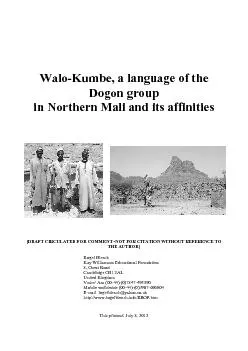PDF-the Information contained in this report is not to be Circulated witho
Author : jovita | Published Date : 2021-08-07
Coalition of Urban and Metropolitan Universities Survey Steering CommitteeTHE IMPACT OF INSTITUTIONS OF HIGHER EDUCATION ON URBAN AND METROPOLITAN AREASAssessment
Presentation Embed Code
Download Presentation
Download Presentation The PPT/PDF document "the Information contained in this report..." is the property of its rightful owner. Permission is granted to download and print the materials on this website for personal, non-commercial use only, and to display it on your personal computer provided you do not modify the materials and that you retain all copyright notices contained in the materials. By downloading content from our website, you accept the terms of this agreement.
the Information contained in this report is not to be Circulated witho: Transcript
Download Rules Of Document
"the Information contained in this report is not to be Circulated witho"The content belongs to its owner. You may download and print it for personal use, without modification, and keep all copyright notices. By downloading, you agree to these terms.
Related Documents

